Most often, tourists do not consider Belgium as the main point of tourist travel. As a rule, a change is made at a Belgian airport and sent along the Benelux route, which includes Belgium, the Netherlands and Luxembourg. Nevertheless, Belgium is an interesting state worthy of attention.
The standard of living here is approaching prosperous Switzerland. A huge number of castles from the Middle Ages and other historical monuments have been preserved on the territory of the country. In addition, themed trips are very popular among tourists - someone comes to try the famous chocolate, someone is attracted to diamonds, and someone is attracted by the comfortable beaches and spa centers of the Ostend resort.
general information
The Kingdom of Belgium is located in Western Europe. The capital is Brussels. On an area of 30.5 thousand square kilometers About 11.6 million people live. The word "Belgium" comes from the name of the ethnic Celtic tribe - belgi, they were the first to settle in this part of Europe.
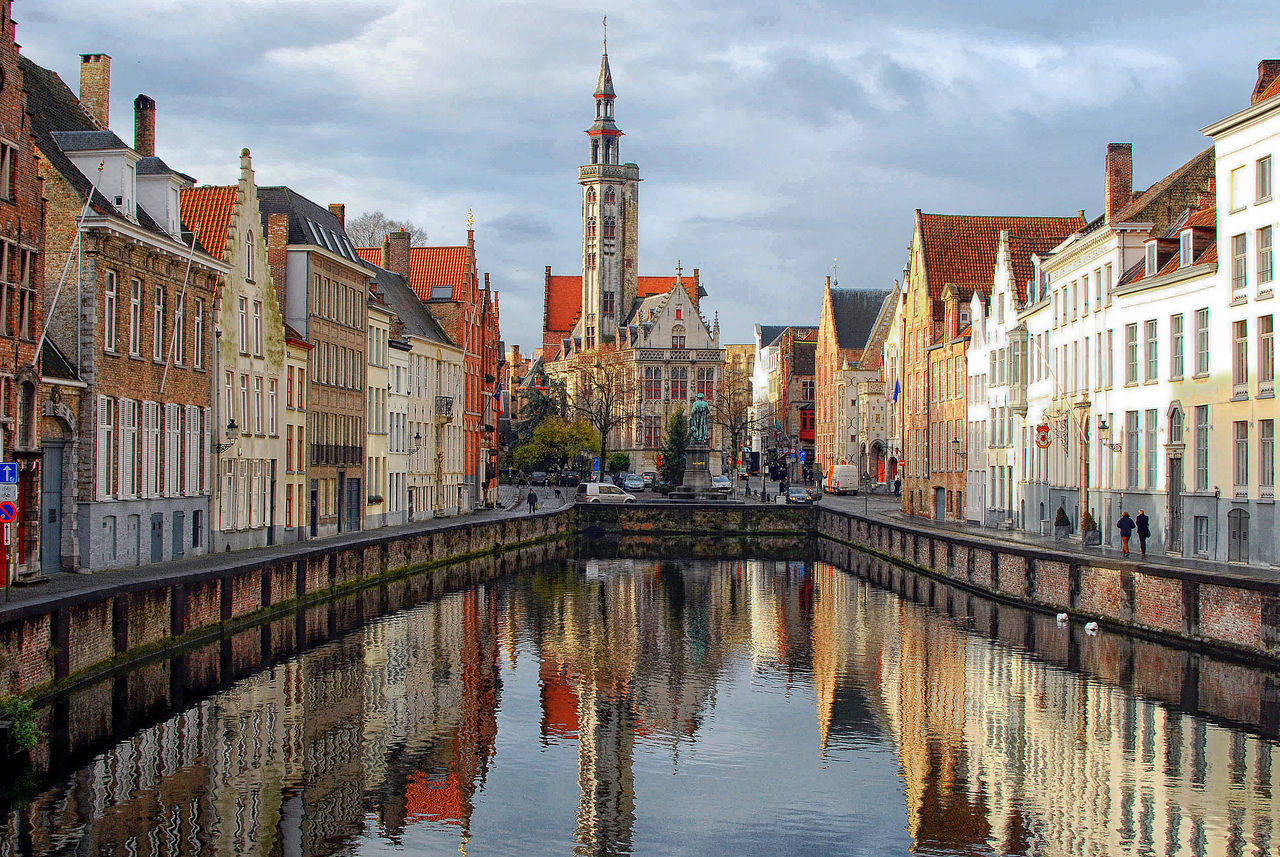
Neighboring countries:
- Germany - eastern border;
- Netherlands - northern border;
- Luxembourg - southeast border;
- France is the southern and western border.
The northwestern border of the state is washed by the North Sea.
Belgium is a constitutional parliamentary monarchy, today the ruling monarch is Philip I, however, in fact, the country is ruled by the prime minister - since 2014, Charles Michel has held the post.
Given the geographical features of the state and the relief, there are three zones:
- plain (regions bordering the North Sea);
- Ardennes Upland;
- plateau.
The main water resources are the Meuse and Scheldt rivers. Mount Botrange (approximately 695 meters) is the highest point.
In accordance with the administrative division, the territory of the state is represented by three regions:
- Flemish;
- Walloon;
- Brussels.
10 provinces are also distinguished.
Belgium is a multi-religious country - 70% of the population are Catholics, 200 thousand people practice Islam, 40 thousand attend the Church of England, 35 thousand practice Judaism and only 20 thousand are Orthodox.
Historical excursion
The first tribes in Belgium appeared about 400 thousand years ago. Information about them, unfortunately, has not been preserved. In the 1st millennium BC Western Aryan tribes settled in Belgium. Around 300 BC Belgians occupied Belgian lands and formed a new state.
In 57 BC two nationalities appeared in the country. The southern part of Belgium is captured by the Roman Empire. Residents gradually forgot their mother tongue, as Latin was prevailing in everyday life, and on its basis the Walloon language arose. German tribes settled on the territory of Northern Belgium, which laid the foundation for the Flemish people. In the period from V to IX centuries, the state was ruled by the Franks, who were replaced by the Roman Empire.
From the 12th to the 14th centuries, craft workshops actively developed in the country, Belgium attracted the attention of Germany and France, but in the 16th century the Spaniards firmly settled on its territory and ruled here for one and a half hundred years. In the 18th century, power passed to the Austrians, and in the first half of the 19th century, by decision of the Vienna Congress, the country became part of the Netherlands. They wanted to form a powerful barrier from the united state against the troops of Napoleon and France.
In 1830 there was an uprising, the purpose of which was the independence of the country. A year later, Belgium became a constitutional monarchy. Since then, industry has been actively developing here, Belgium is conquering colonies. However, further prosperity of the country was prevented by wars. In the postwar years, the Belgian government defined a state program for external development.
Events that became the basis of economic development of Belgium:
- in 1944, Benelux was created;
- in 1945, Belgium became a member of the EU;
- in 1949, the state became a member of NATO;
- in 1949, Belgium joined the Council of Europe;
- in 1954, the country became part of the Western European Union.
Tongue
In accordance with the Belgian constitution, the inhabitants of the country are divided into three linguistic groups:
- French - Wallonia, about 32% of the population;
- Dutch (Flemish) - northern regions, about 58% of the population;
- German-speaking - the eastern part of Wallonia, about 67 thousand people.
Brussels residents speak French (80%) and Dutch (20%).
Good to know! The Flemish dialect has dialects characteristic of Belgium. French and German are notable for their special pronunciation. Almost all Belgians speak English fluently.
Population
The total number of inhabitants of Belgium is 11 million 600 thousand people. Of them:
- Flemings - 60%;
- French - 25%.
Interesting fact! Belgium is an open country, as a rule, there are no problems with obtaining citizenship. 15% of Belgians are immigrants. The largest communities are Portuguese and Italians.
Economy
Belgium is a country with a rapidly developing industrial complex, intensive agriculture and an extensive network of foreign economic relations. According to statistics, almost half of Belgian products are exported.
Main export articles:
- cars and machinery;
- diamonds
- metal products;
- chemicals
- Food.
Export partners: Germany, France, United Kingdom, Netherlands, Italy, USA.
Import partners: Netherlands, France, Ireland, Germany, United Kingdom, China.
The industrially oriented regions of Belgium are concentrated closer to the north of the country, around the capital and in Flanders. Liege and Charleroi are also considered industrial.
Agriculture is developing rapidly in regions dominated by the Dutch language.
Good to know! The state leads Europe in density of railway lines.
Regions and large cities
Walloon Region
This part of Belgium is often compared to the fairy tales of the Brothers Grimm. Here you can especially feel the spirit of the Middle Ages, which harmoniously complement the amazing landscapes and dilapidated palaces. The inhabitants of Wallonia know an infinite number of legends and myths.
It is interesting! It serves the most delicious ham and the best live beer.
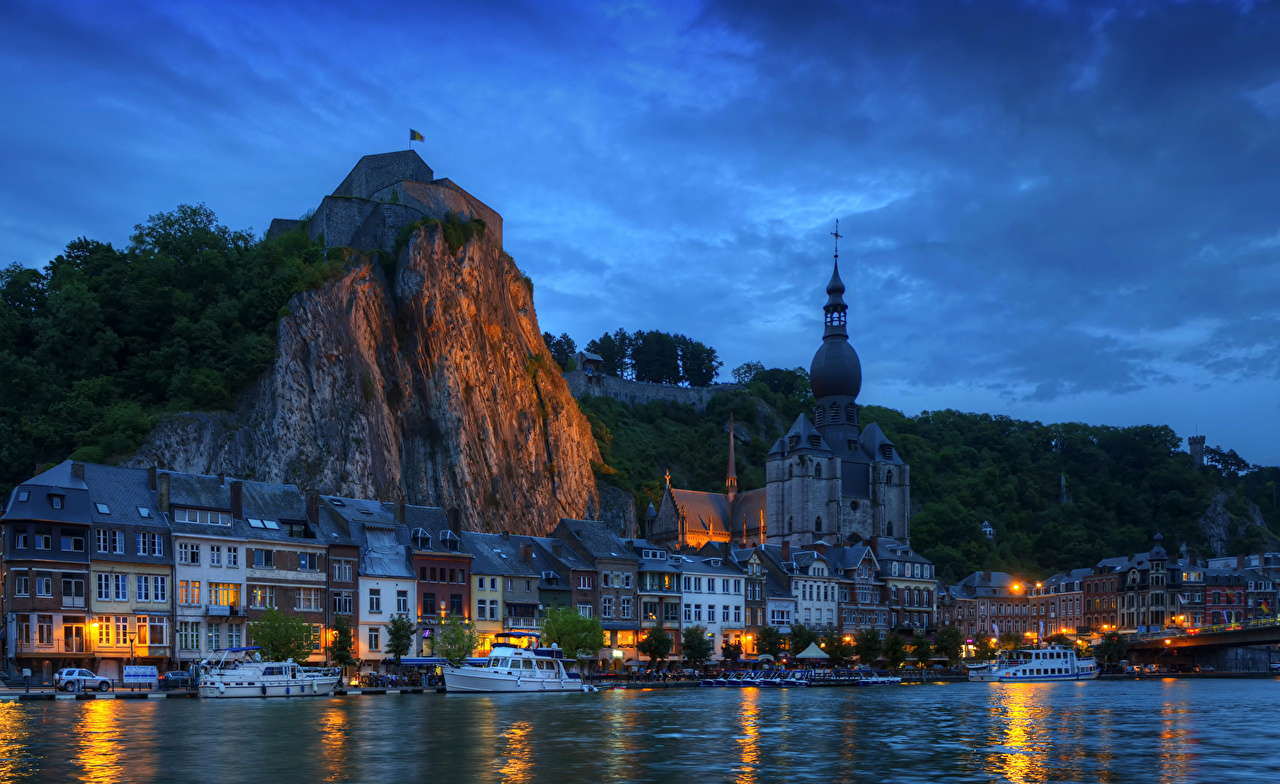
The capital of the region - Namur - a fortress that protected from enemy raids. Wallonia is best known for hiking or cycling. Tourists are offered to make an unforgettable balloon flight. In addition to sightseeing, you can play golf and climb the mountain peaks.
Good to know! One of the best resorts in the region is the city of Spa.
Flemish region
Part of the province of Flanders belonged to France, but after 1830 the region became fully part of Belgium, and today it unites cities such as Antwerp and Ghent, famous for their architectural sights and amazing historical facts.
Brussels
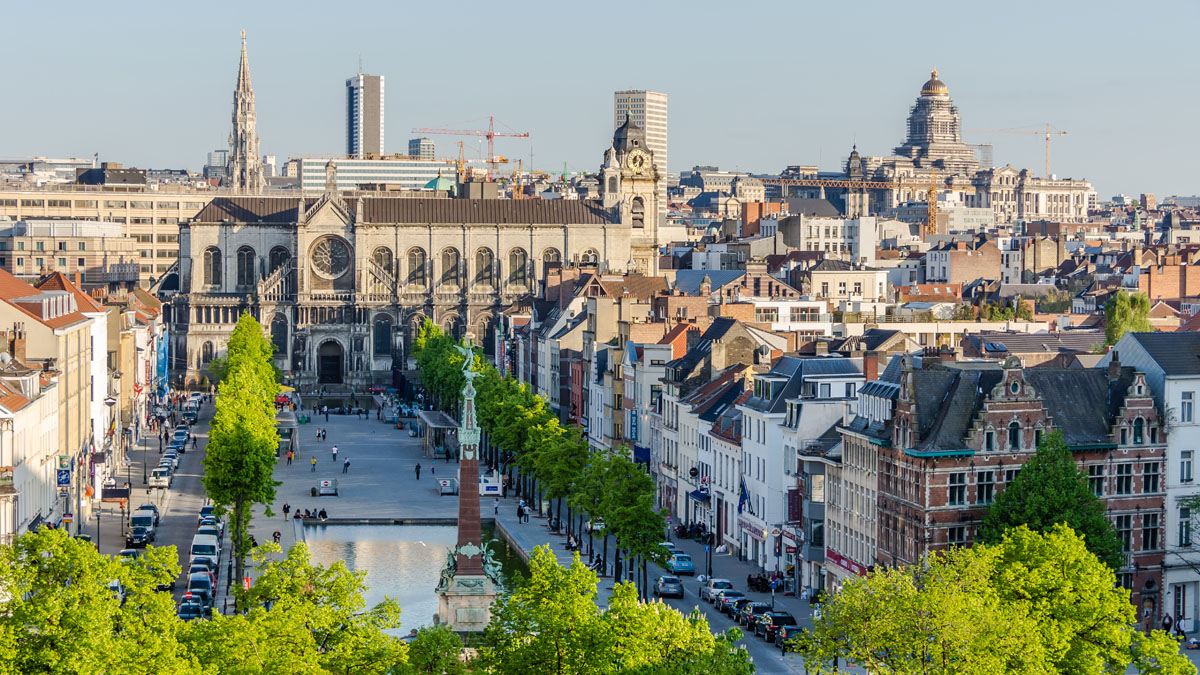
For over 50 years, the largest international organizations have been concentrated in the capital of Belgium. A city with a population of 1 million 850 thousand people is the center of the French and Flemish communities, which is why most of the inhabitants speak French. Brussels is located inside the second city walls. The main attractions of Brussels are concentrated on Louise Avenue, in Grand Place.
Antwerp
The second settlement after the capital. The city is the capital of the region of the same name, built on the banks of the Scheldt River. Here are the headquarters of the largest world banks, fairs and international exhibitions are held. In addition, the best diamond workshops work in Antwerp. The skill of jewelers is recognized throughout the world. It is very difficult to list all the attractions of the city of Antwerp , there are many museums, palaces, fountains, parks and, of course, the zoo.
Bruges
The main settlement of West Flanders and a shopping center popular during the Middle Ages. Most of Bruges sights are located in the area between the train station, the central square and the market.
The city has many museums, cathedrals, temples and basilicas, palaces. A unique historical site is the Center for Lace Making. An old mill has been preserved in Bruges, and the number of bridges is over 80.
Liege
The city-museum, the church and sacred life of the country is concentrated here. Liege - the main settlement of the province of the same name, is located in the place where the rivers Urt and Maas merge. It is comfortable to explore the city and the sights of Liège during a river cruise - water transport is working properly.
Namur
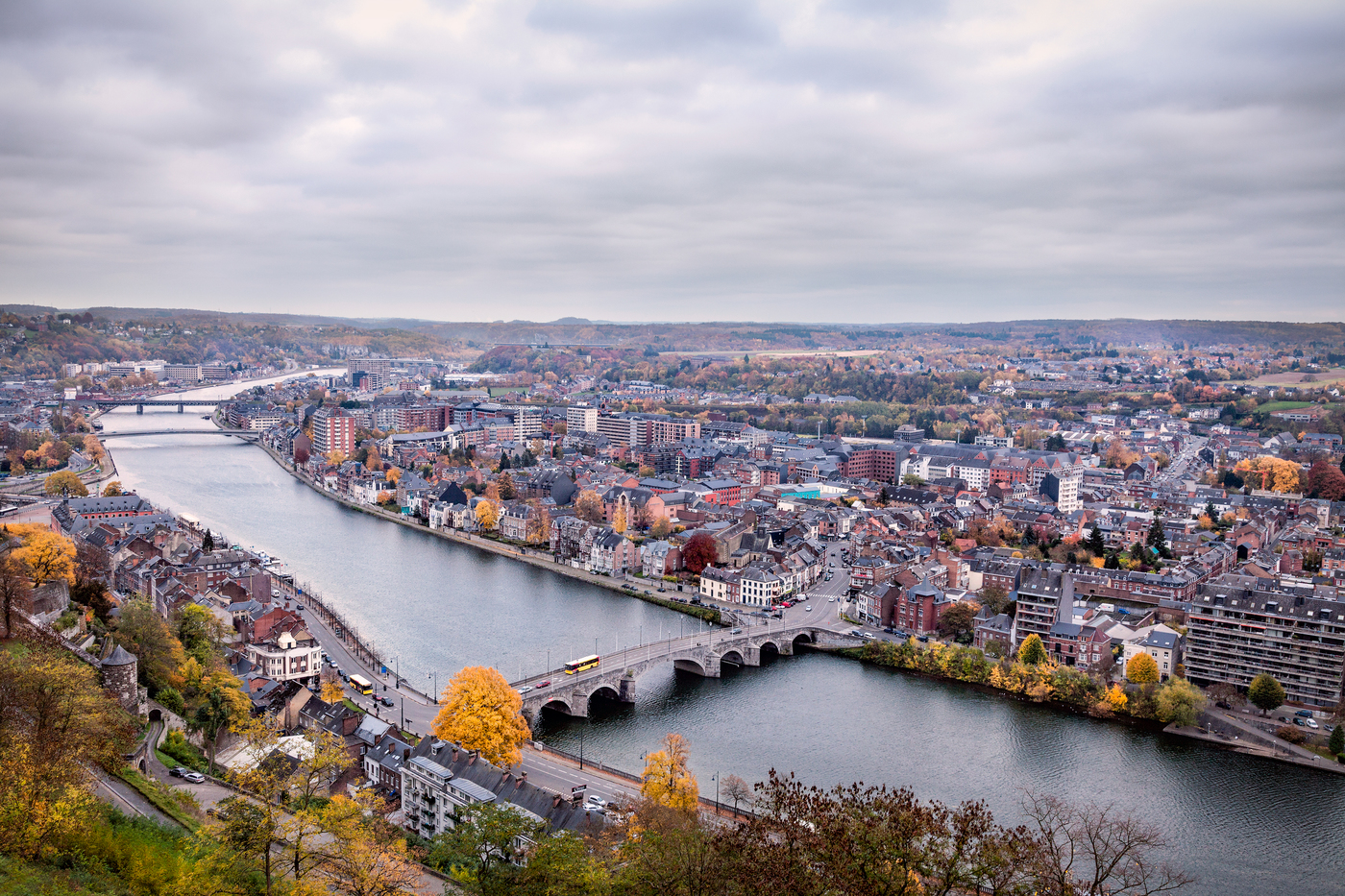
It is located 65 km from the capital and is the main city of the French-speaking part of the country. The history of Namur is quite tragic, since a lot of blood has been shed here. For many decades, there has been a struggle in Namur for the possession of the city, because from a geographical point of view, the settlement was of great strategic importance. To protect Namur from attacks, a fortress was built, which after numerous reconstructions and fortifications turned into a work of serf art. The citadel together with the adjacent park covers an area of 70 hectares. Another famous Namur attraction is the Royal Theater.
Ostend
The second name of the city is the Queen of the Belgian coast, because the village is located on the shores of the North Sea. The main attractions of Ostend are comfortable beaches, a casino, bustling nightlife and horse racing at the hippodrome.
The famous historical site is the Peter and Paul Church, dating from the 19th and 20th centuries. Another attraction of Ostend is the three-masted sailing ship Mercator. Five beaches of the city are connected by tram route. An overview of the city and attractions of Ostend,
Ghent
The city is the capital of the eastern part of Flanders and is based on the banks of the Scheldt River. There is a large seaport and Gent-Ternezen canal. In addition to a large number of attractions, the city of Ghent is revered as the largest educational center where students study at the oldest university. Historical monuments of architecture are concentrated along the promenade - Lys canal, cloth market, Gravensteen Palace. There are many theaters, museums in Ghent, people come here to taste the famous bacon and Ghent cheese with herbs.
Leuven
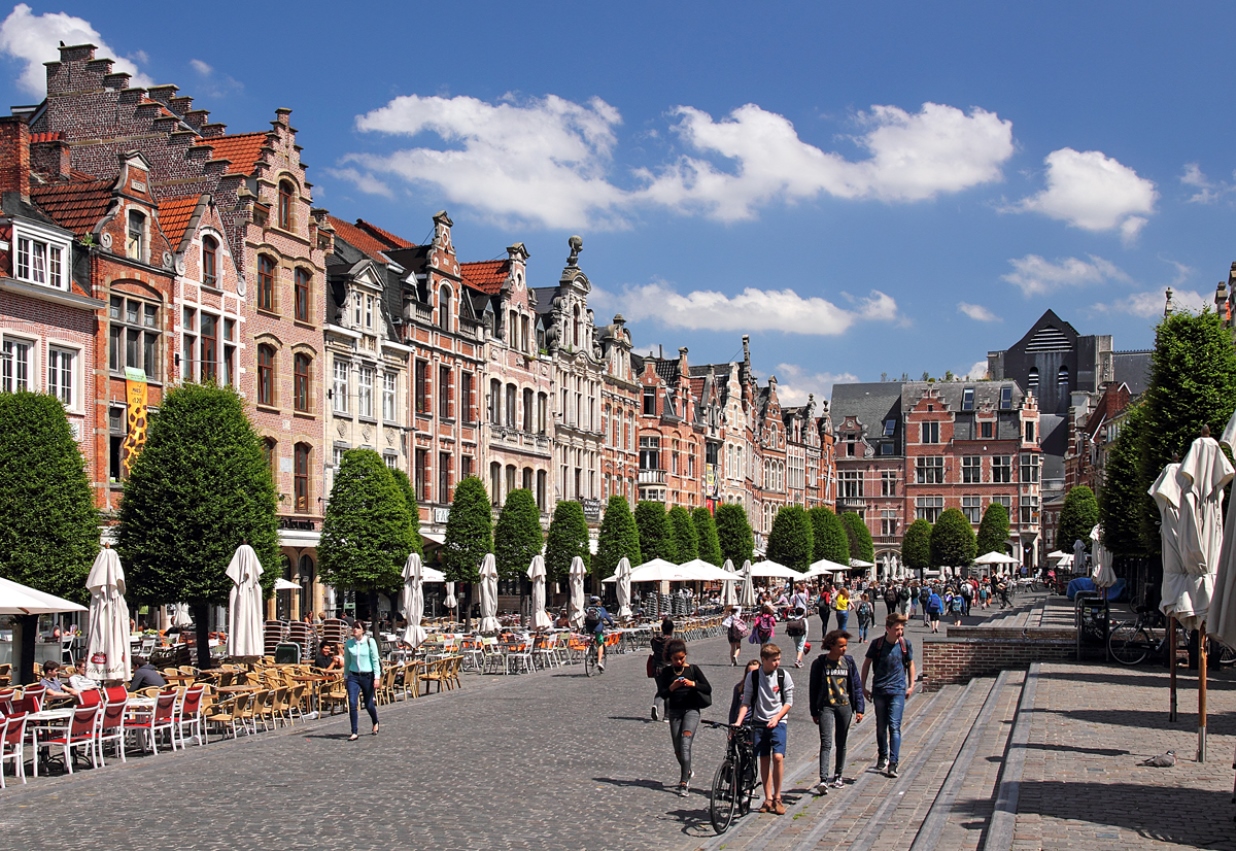
The city of students is located on the banks of the Dale River. Here is a university founded in the early 15th century. The educational institution is divided into two parts - the Flemish part is in Leuven, and the Walloon - in Louvain-la-Neuve. The attention of tourists is attracted by the Gothic-style town hall.
Beer production under the Stella Artois brand was founded in Leuven in the mid-14th century. The university even has a faculty of the Academy of Brewing. Every year a competition is held in the city where the best bartender is chosen.
Mechelen
The city is located between the capital and Anterpen, built on the banks of the Dale River. The settlement was swamped, water was pumped out through special channels. After the Second World War, Mechelen was completely restored, now it is one of the most beautiful Belgian cities. It was here that at the beginning of 1835 the first railway in Europe was commissioned. The main attraction of the city is the Cathedral of St. Rumold and the Church of Our Lady.
Charleroi
Located 50 km from Brussels. Initially, it was a fortress, but gradually its territory increased. The city is named after the Spanish monarch Charles II. The second name of the settlement is Black Country, coal was actively mined at numerous mines, and the metallurgical industry was developing. Tourists are interested in the neoclassical town hall, the Museum of Fine Arts, and the Basilica of St. Christopher.
Find out RATES or book any accommodation using this form
Culture, holidays and festivals
The Belgians are a unique nation, combining the punctuality of the Germans, the judiciousness of the Dutch and the politeness of the British. Perhaps that is why it is impossible to characterize the inhabitants of Belgium in one word. Here passes the border dividing Europe into the German North and Latin South. Separation is felt in culture, linguistic features, everyday life, politics. Periodically in the world there is news about the collapse of Belgium into two parts, but rumors are clearly exaggerated. Numerous wars, breaking the state from the inside, taught the Belgians to value peace and tranquility.
Good to know! Belgians are proud of their Walloon and Flemish roots, and at the same time respect family values.
In Europe, Belgium is considered a boring country, probably the myth appeared against the background of extravagant French, Dutch and Germans who know how to advertise themselves. The natural modesty of the Belgians is due to the fact that for many centuries the country was conquered, it was controlled by different states. That is why local residents prefer not to attract attention and stay in the shade.
Characteristic features of Belgium and its inhabitants:
- culture is based on contradictions;
- society honors traditions, but tries to take an active part in the formation of a new Europe;
- state bureaucracy is developed here;
- the country has a huge number of laws;
- Belgians are able to eat and drink all day, but they find time to do all the work.
One Belgian coexists with officiality, politeness, capitalist and medieval values. Residents of the country know how to make money to live, if not luxuriously, but with dignity.
Belgians love to relax, the state is ahead of many European countries in the number of holidays and special days.
The most interesting events:
- A national holiday, accompanied by a salute, a colorful Omegang parade, Brussels Tron Square is decorated with bouquets of flowers, held from June 29 to July 1;
- Mayboy, held May 9;
- festival of classical music;
- Sacred Blood Festival in Bruges, accompanied by a theatrical procession;
- Binsha hosts the colorful, oldest Belgian holiday, celebrated since 1394;
- in the summer, theatrical processions are held in Liège to glorify the Virgin Mary;
- in summer, fans of jazz music gather in Antwerp for the theme festival "Jazz Middelheim";
- annual festivals of photography, caricatures, fireworks are held in Ostend, in the summer the antiques market opens, a competition for the most beautiful sand castle is organized, volleyball competitions are held;
- in Flanders it is interesting to visit the Art Fair, Flower Procession, a bell ringing concert;
- Ghent is famous for the Ghent festivities, which are accompanied by festivities.

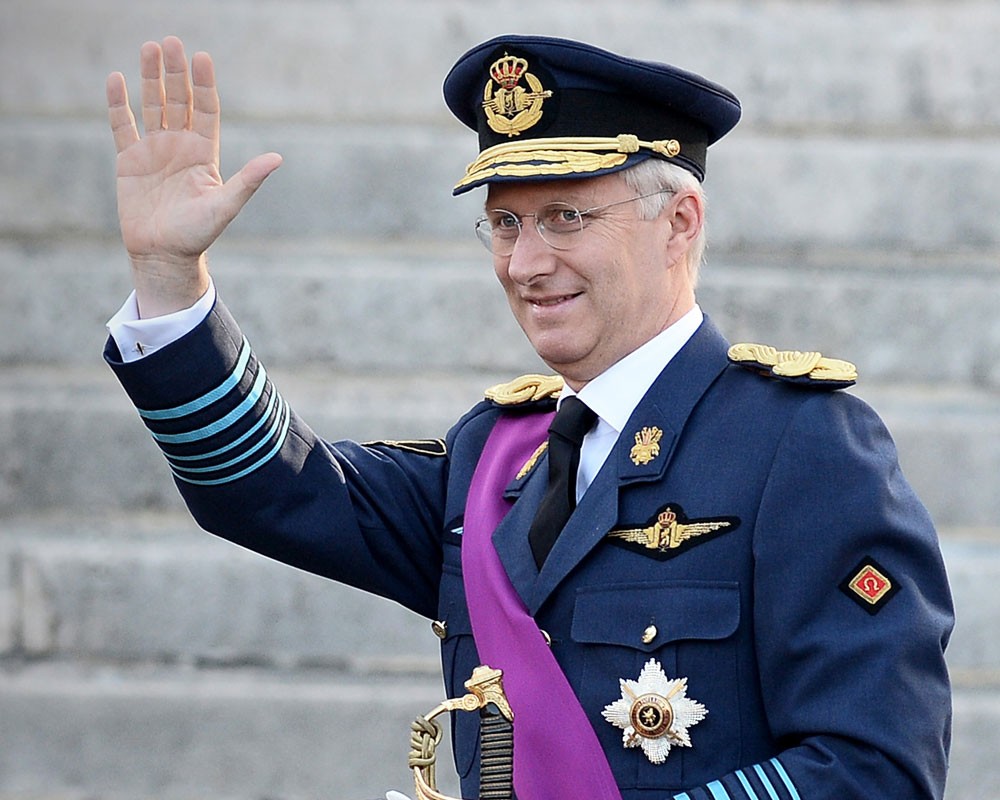
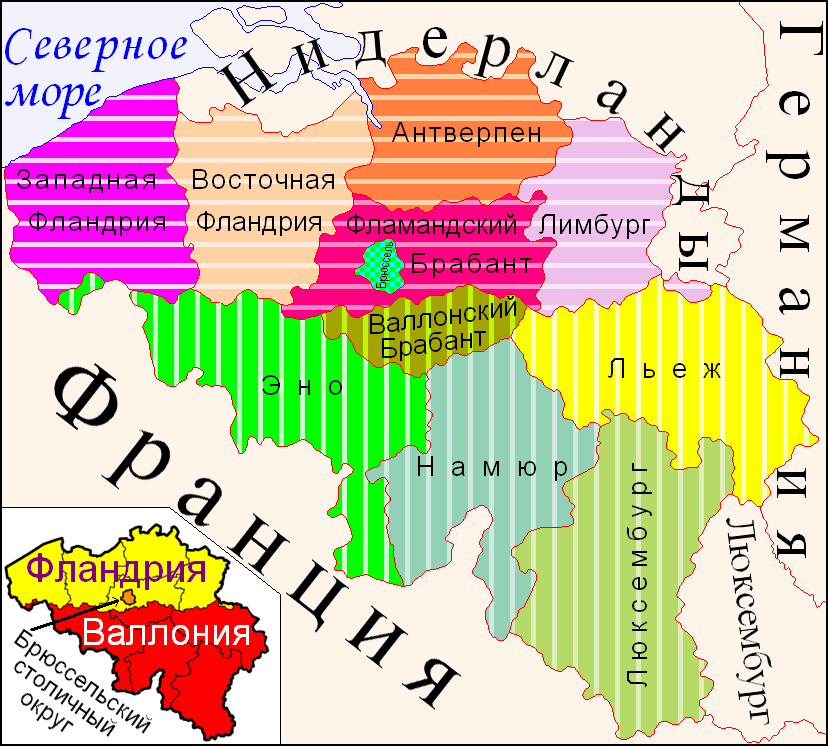
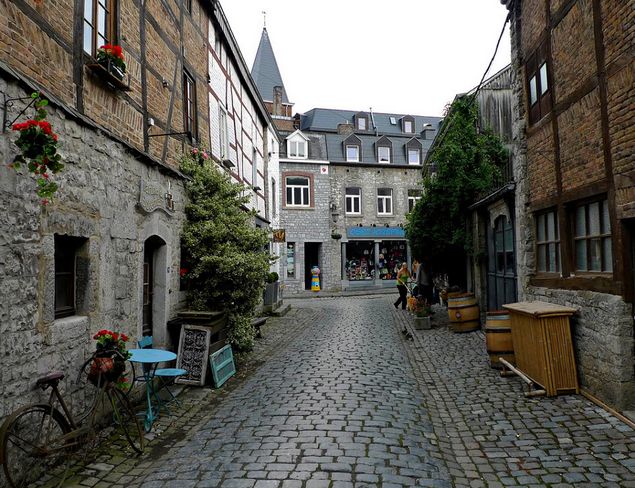
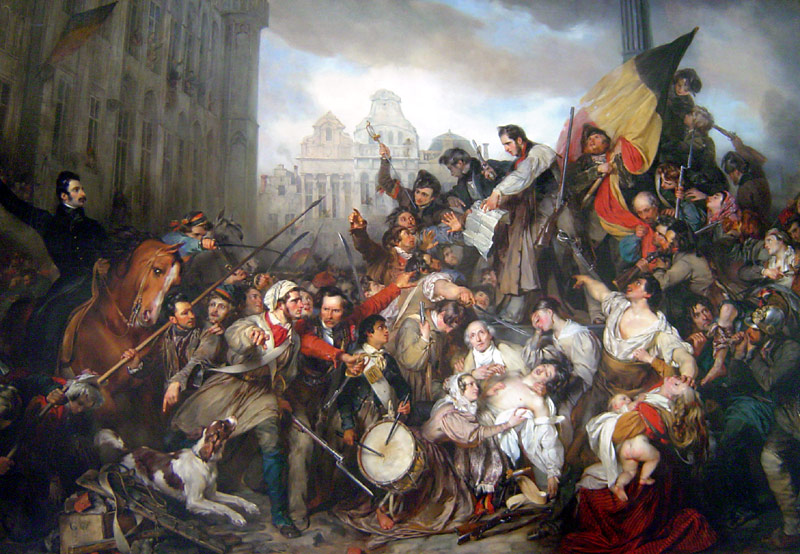

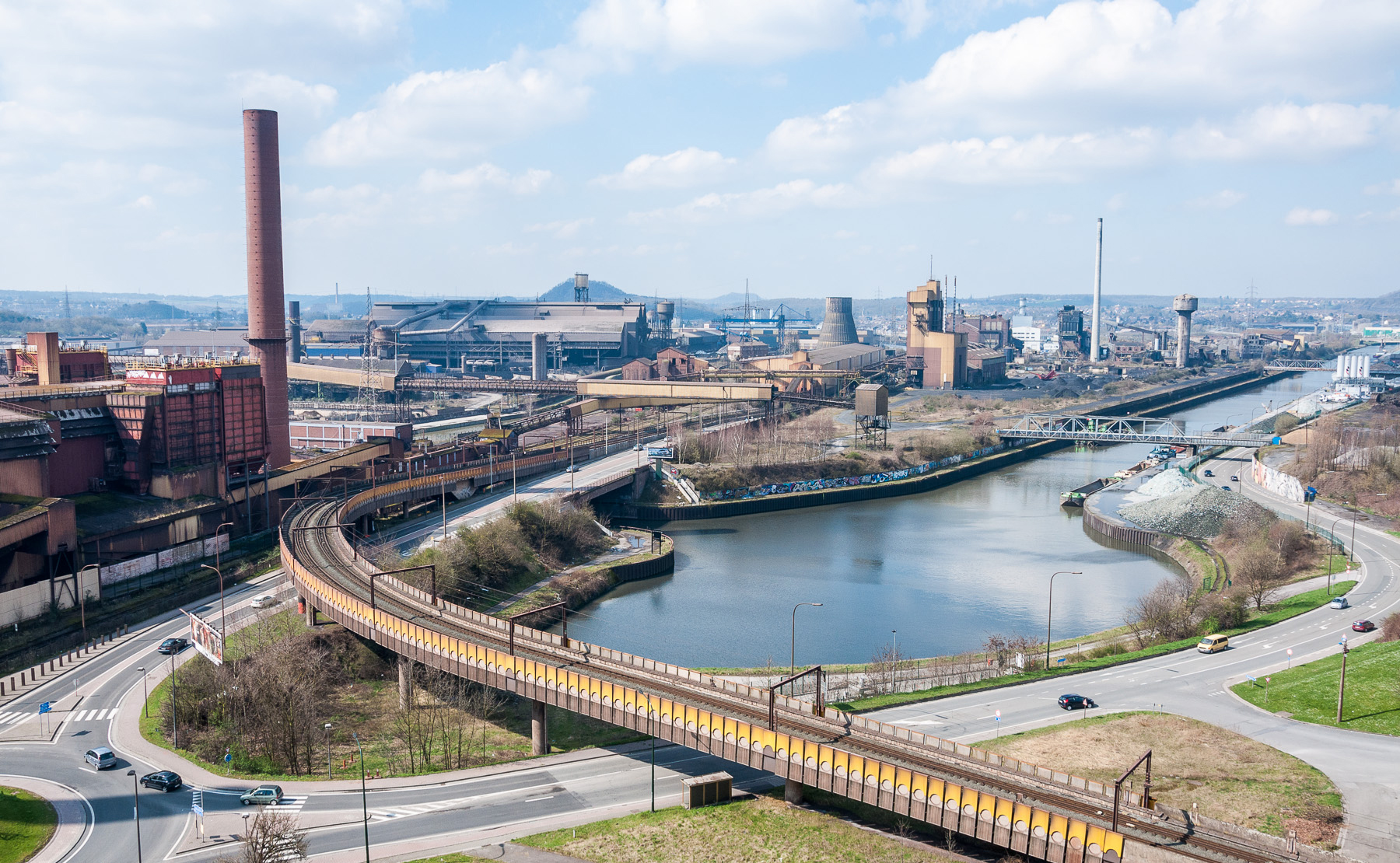
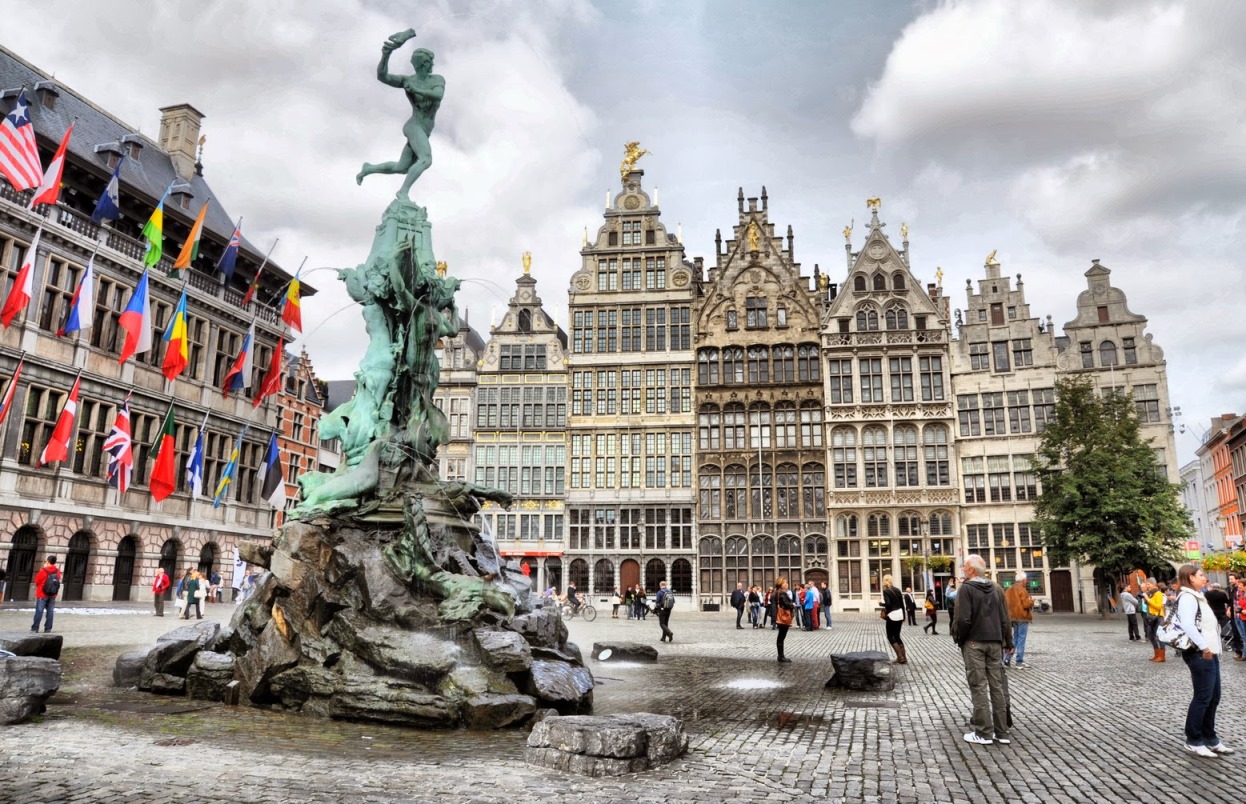
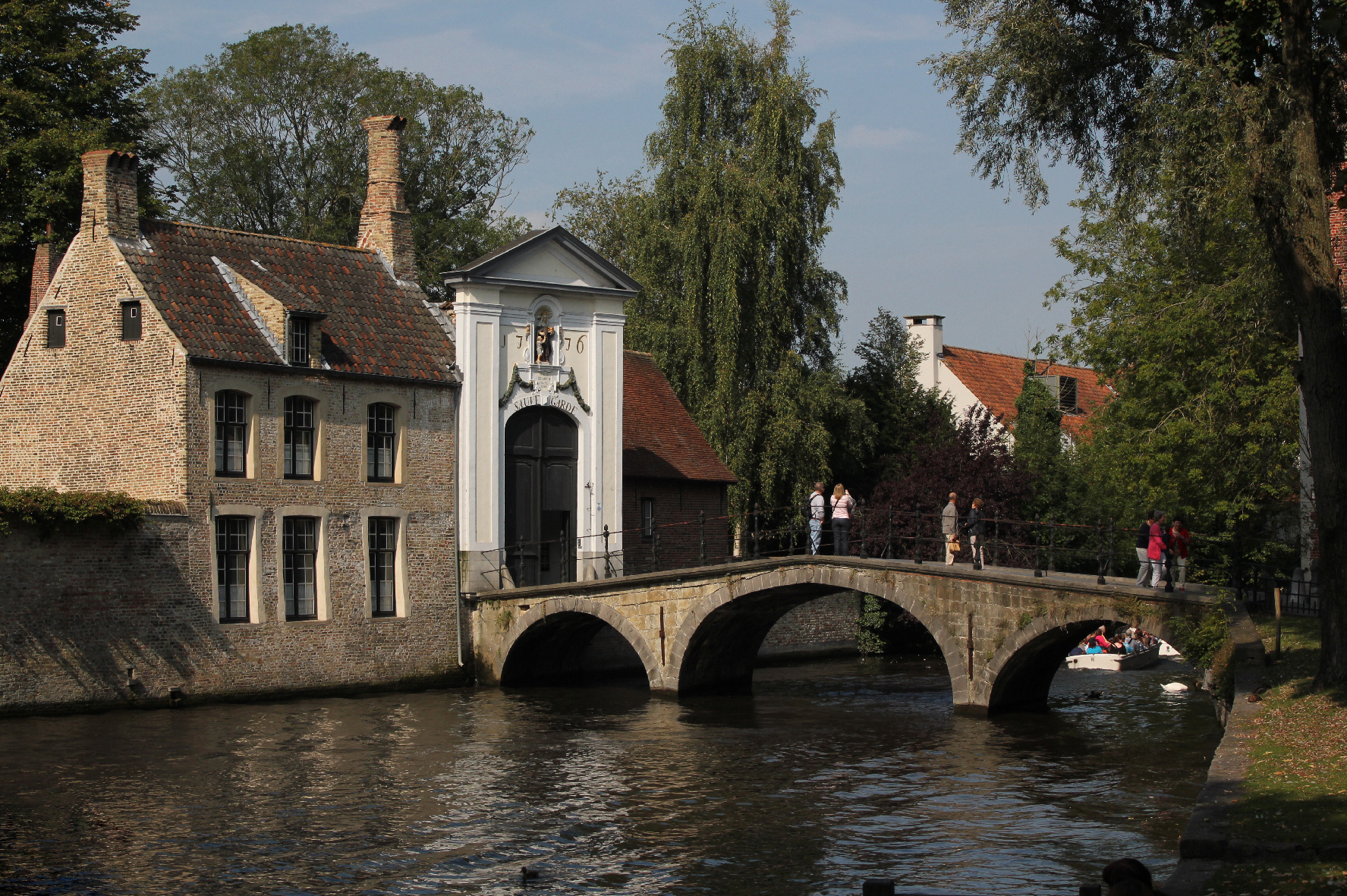
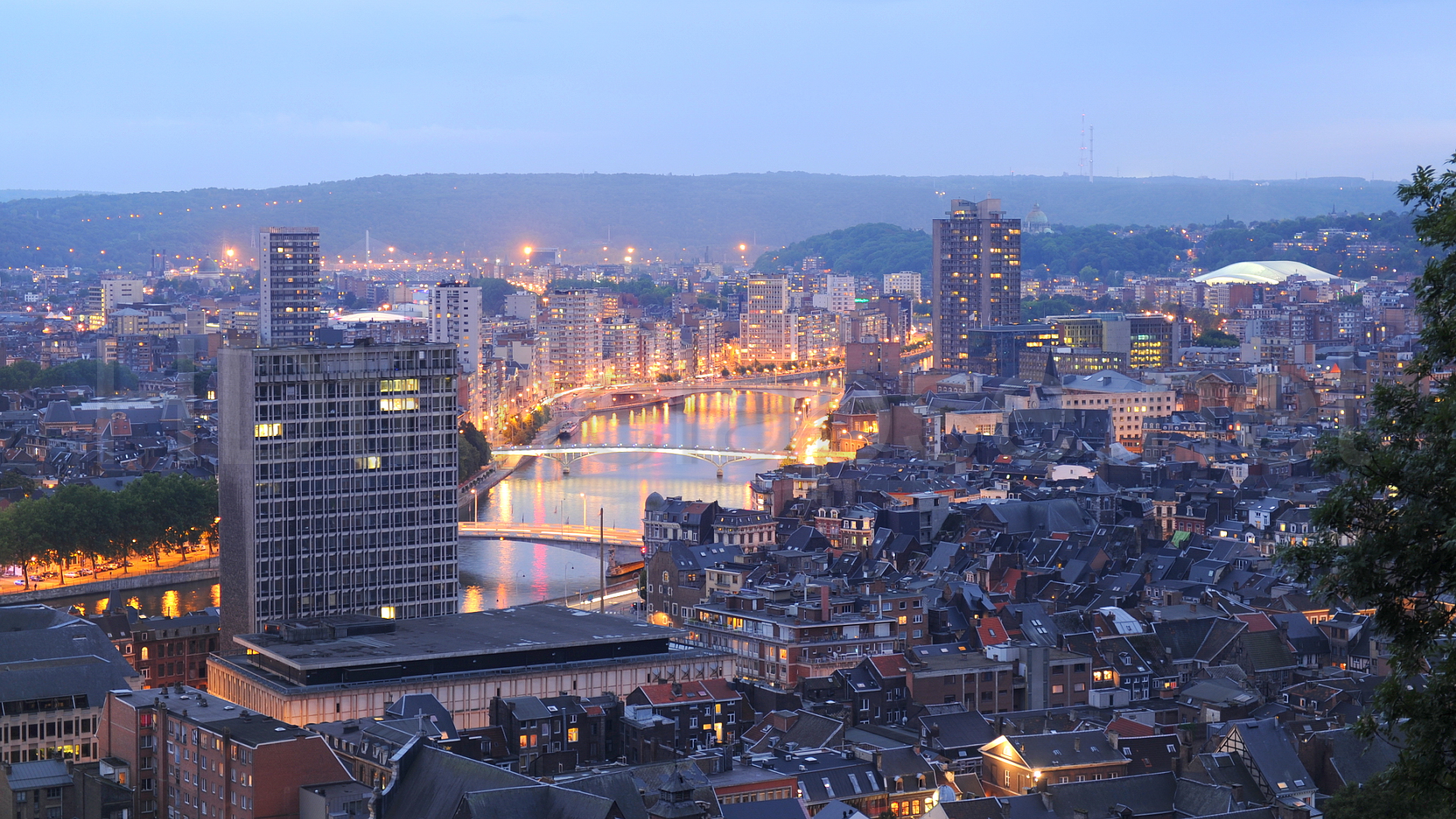
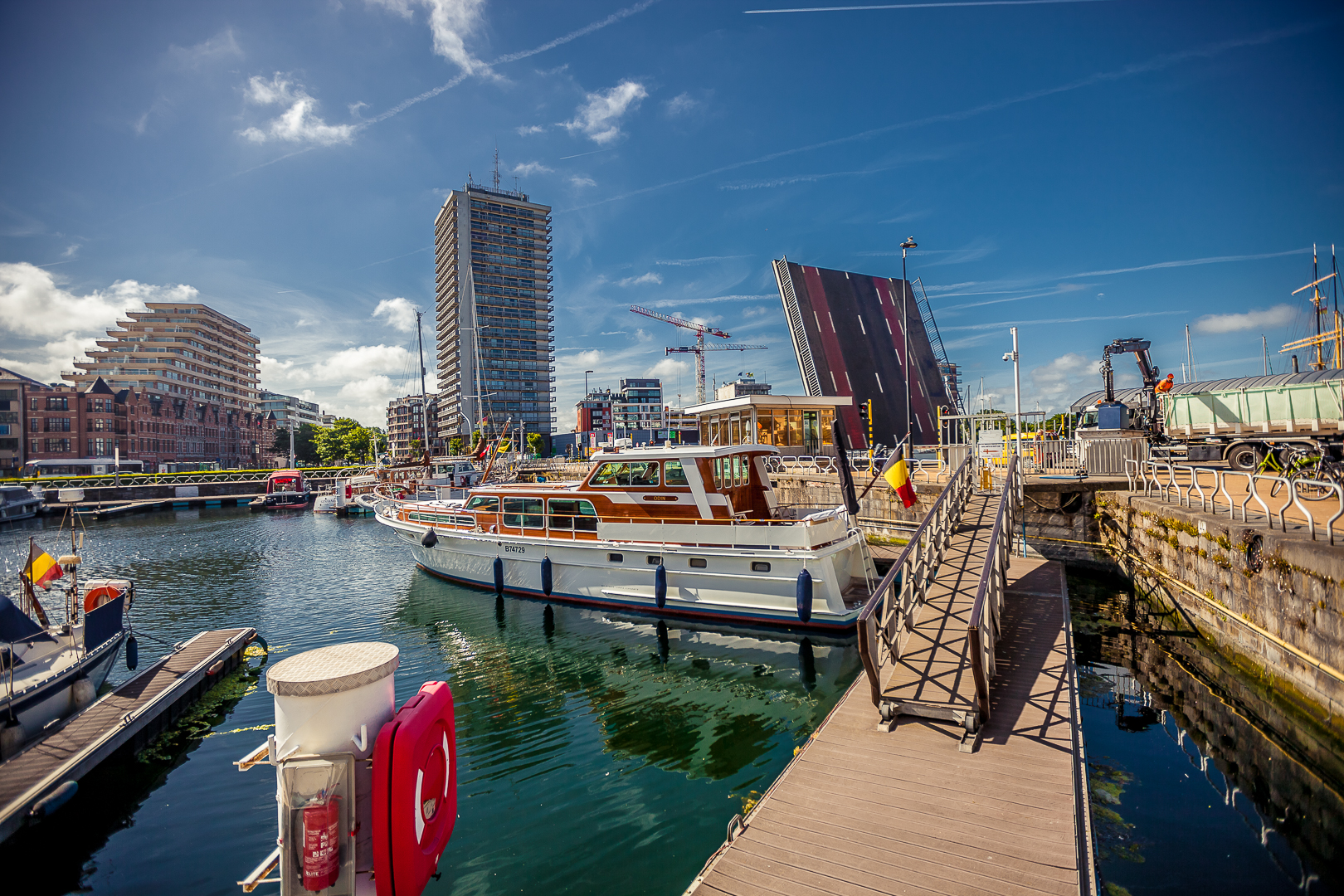

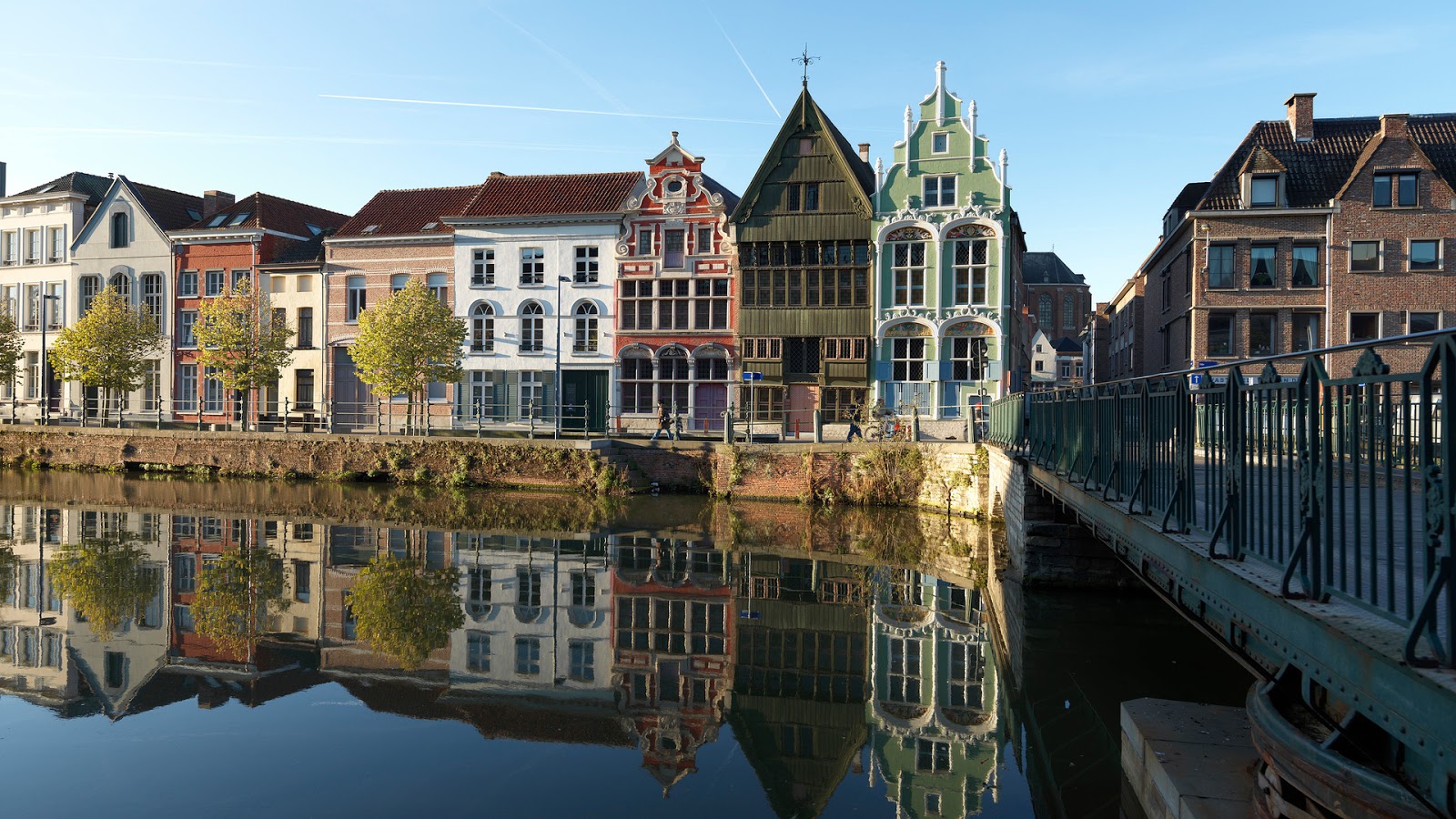

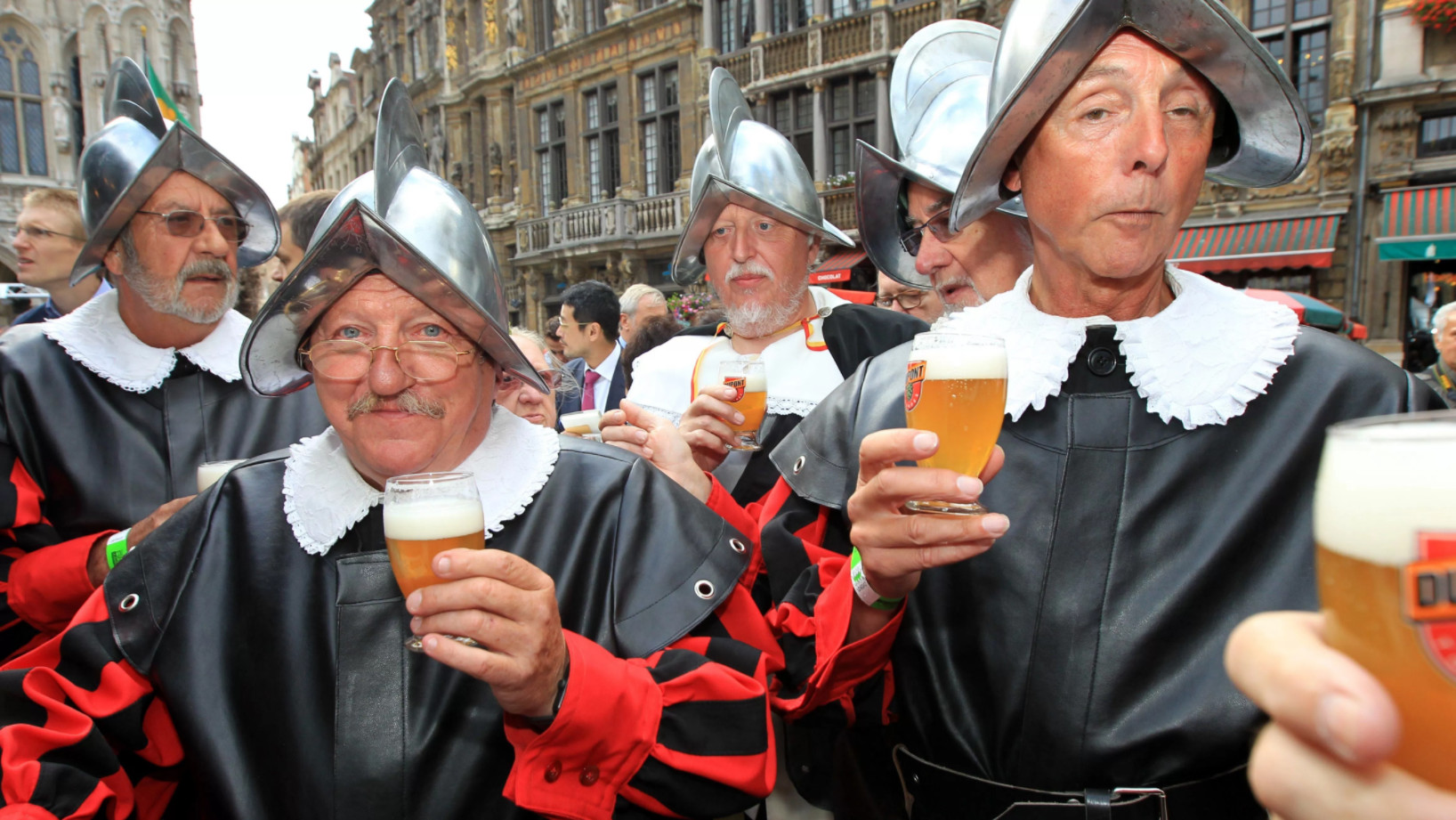
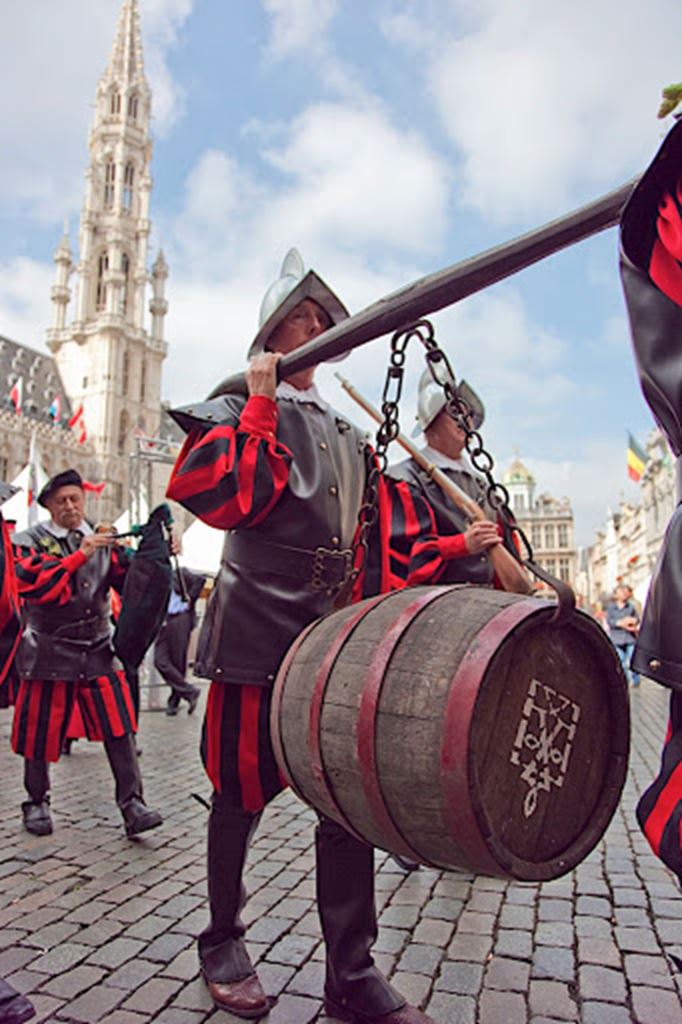
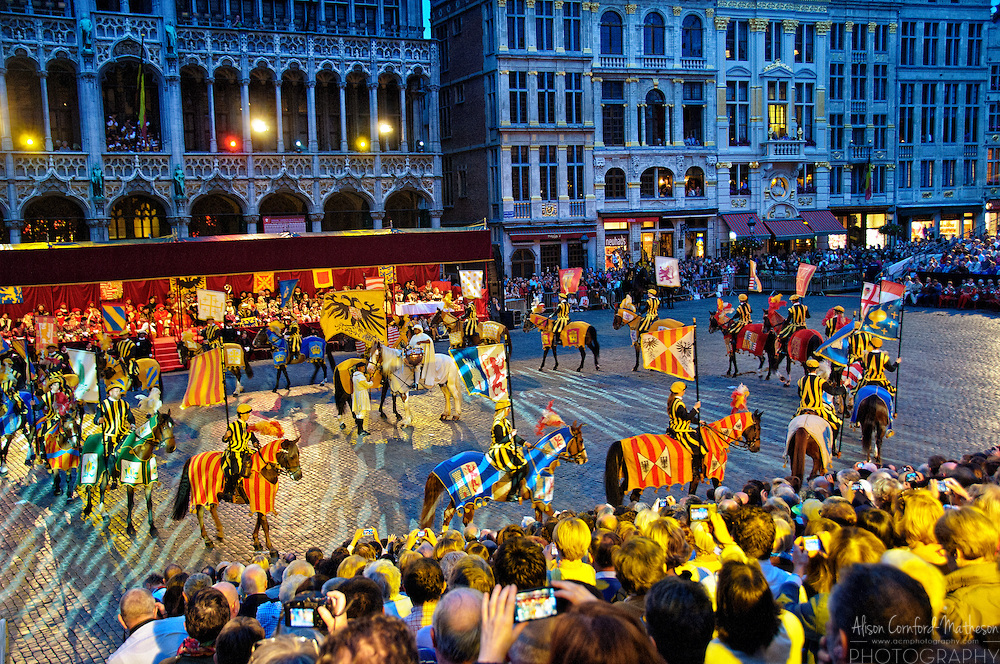
Post a Comment
Please Do Not Enter any spam link in the comment Box.